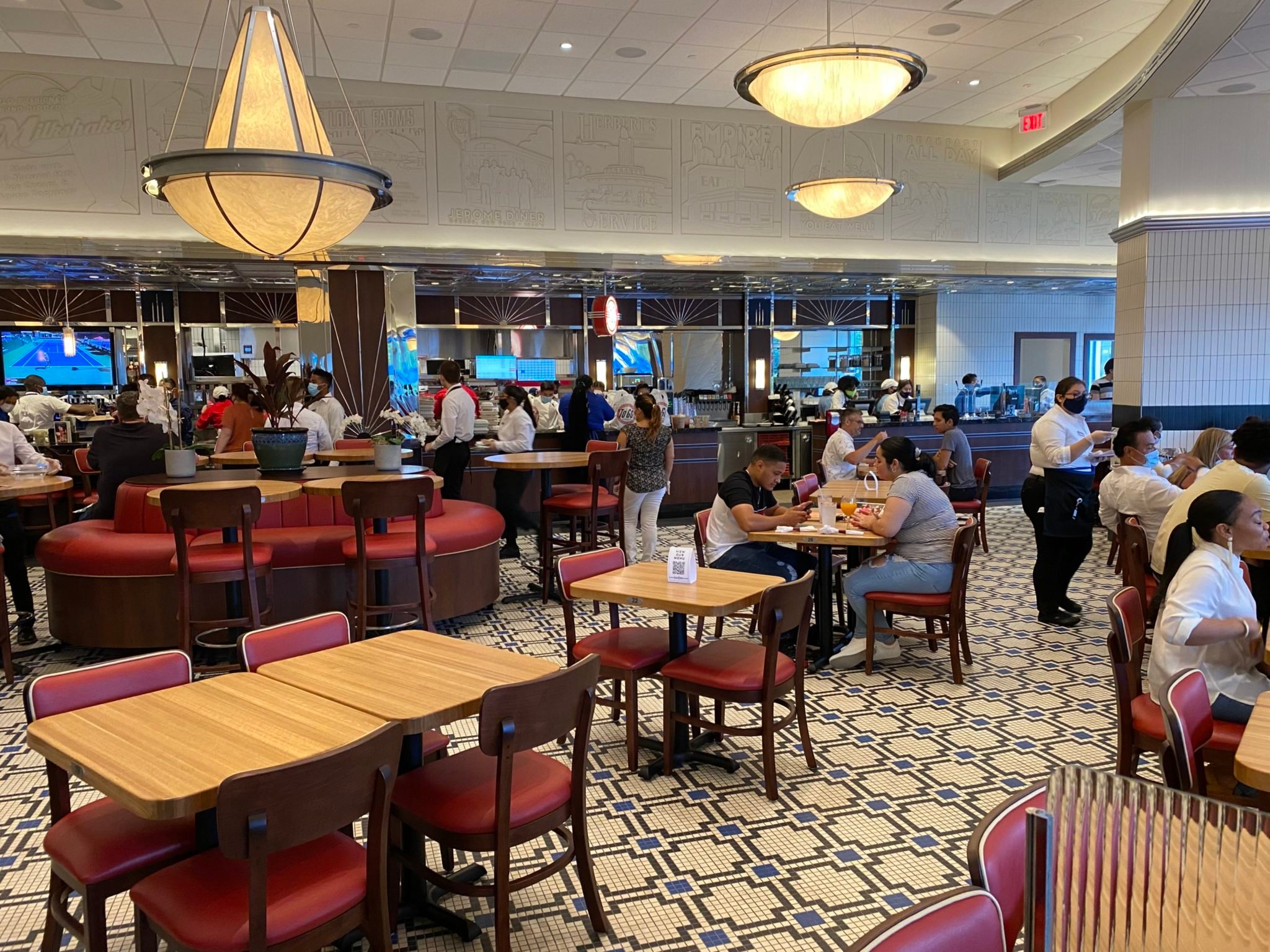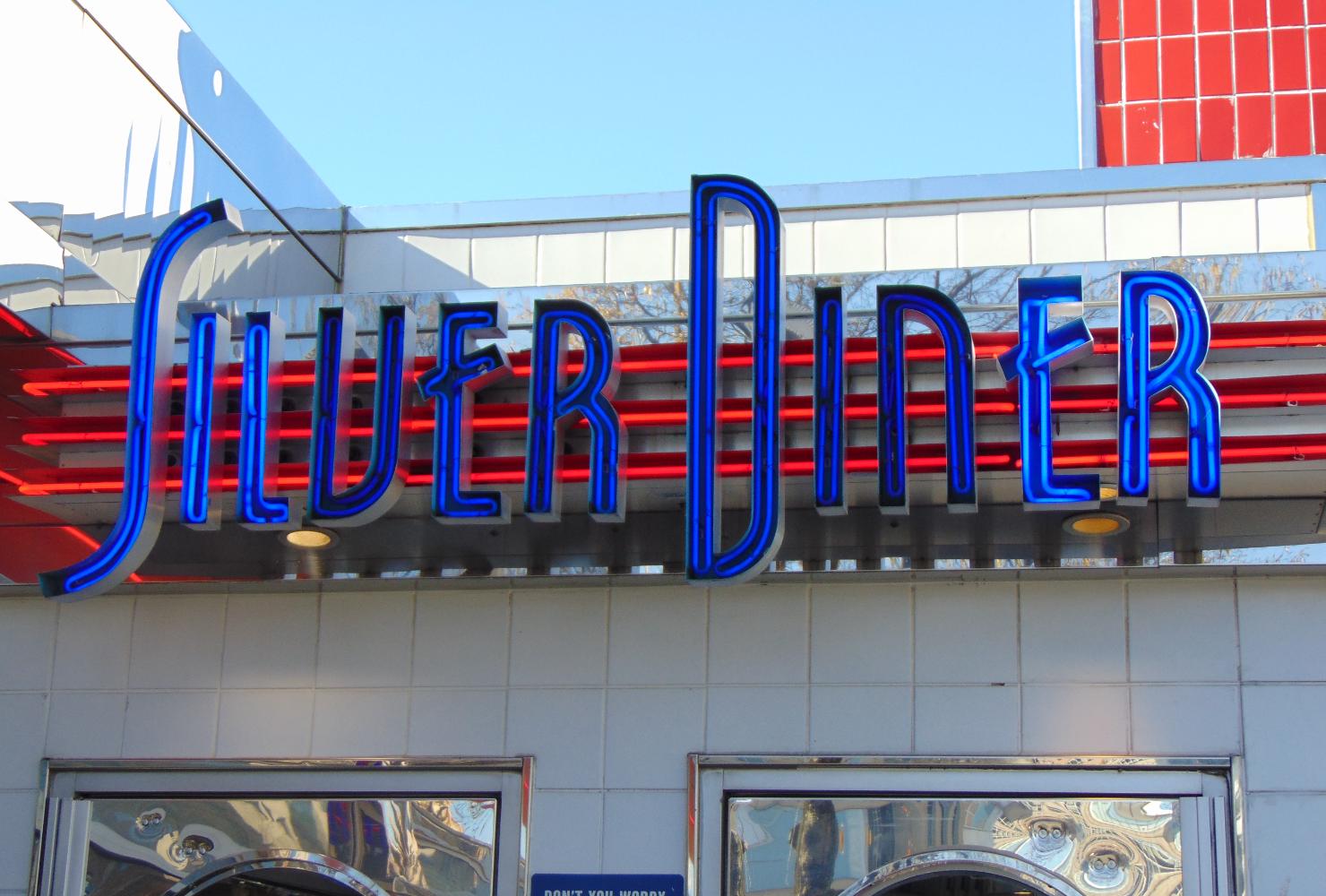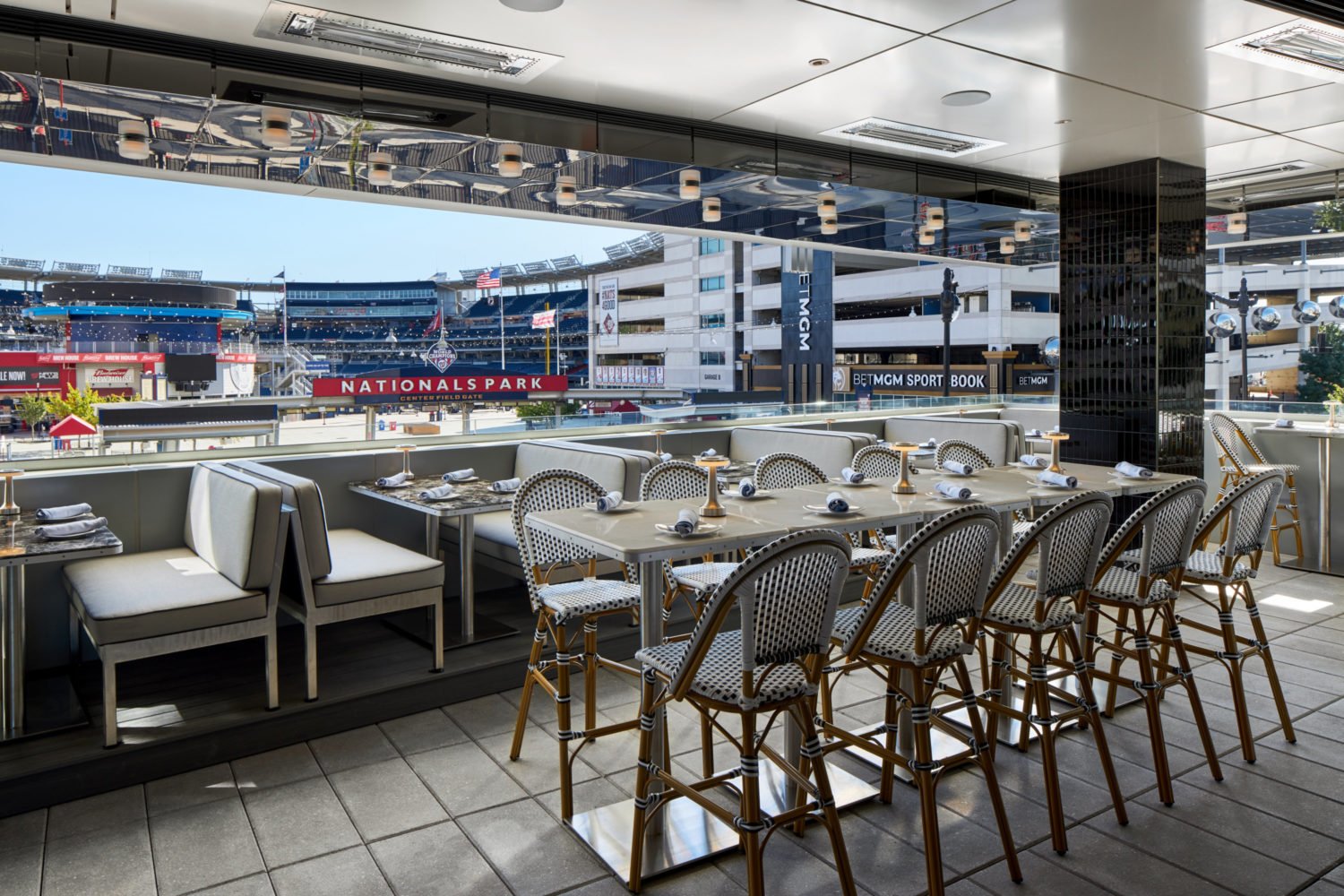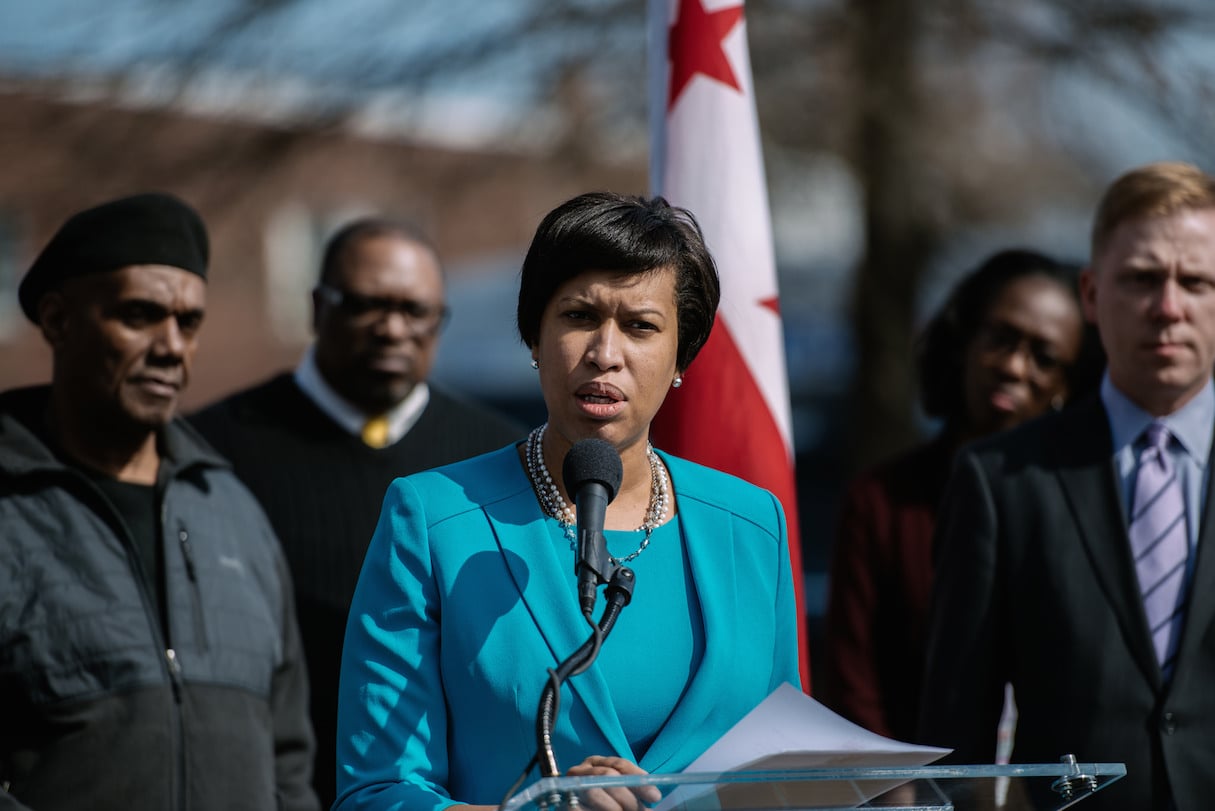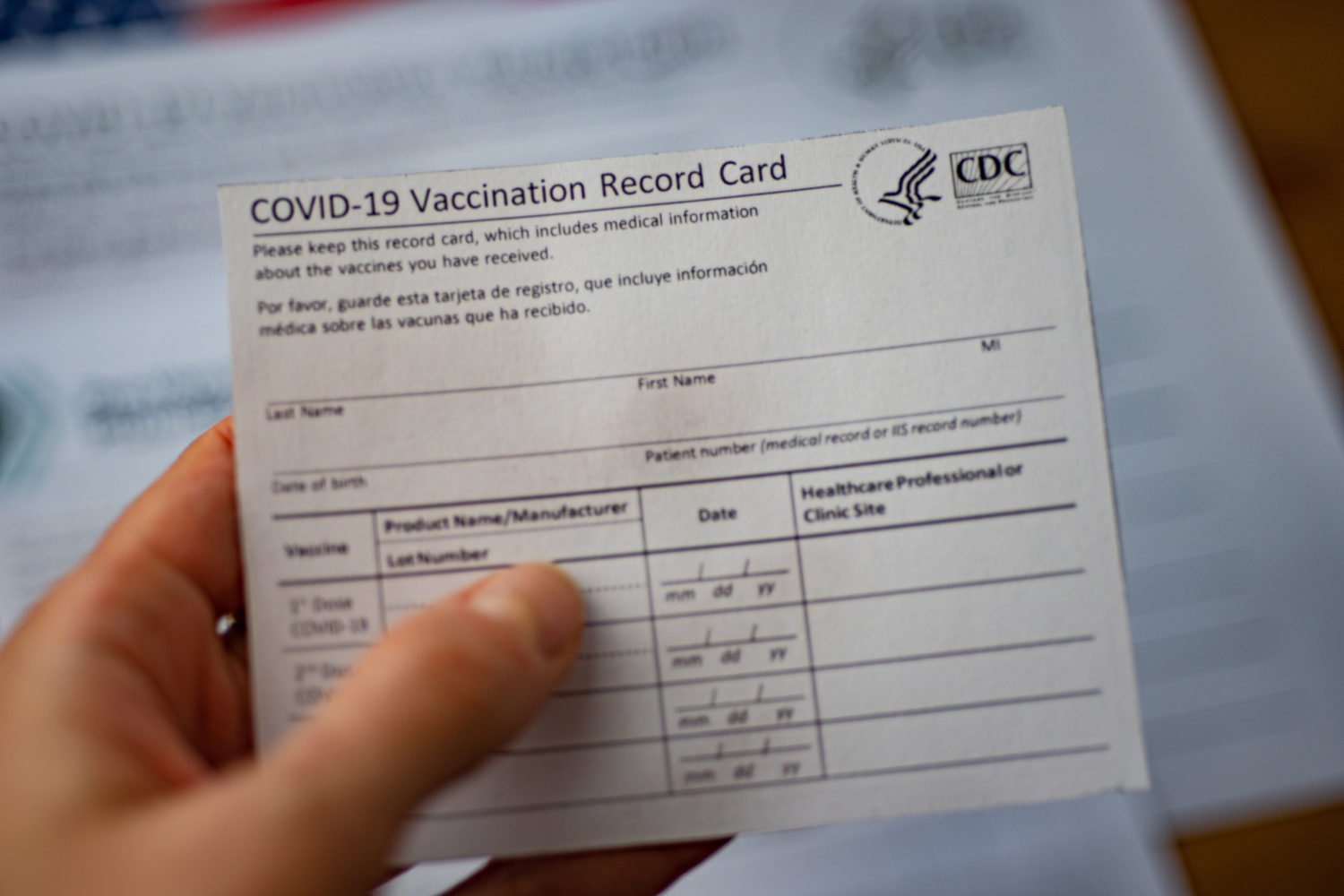Plenty of restaurants are trying to make diners (and the staff who serve them) feel comfortable eating indoors again with things like plexiglass partitions, menus printed on anti-microbial paper, and loads of hand sanitizer. The group behind Silver and Silver Diner has all of that—but has also gone one big step further. They’ve dropped half a million dollars to outfit all 20 of their locations with high-tech air filtration and purification systems, which they say are the first of their kind for a restaurant chain.
“When we had 9/11, all of a sudden the whole airports were changed, right?,” says co-founder and executive chef Ype Von Hengst. “The same thing happens with this pandemic. All of a sudden people are afraid to go in a restaurant, so you’ve got to create a new norm that they’re going to feel secure, just like they’re secure in an airport.”
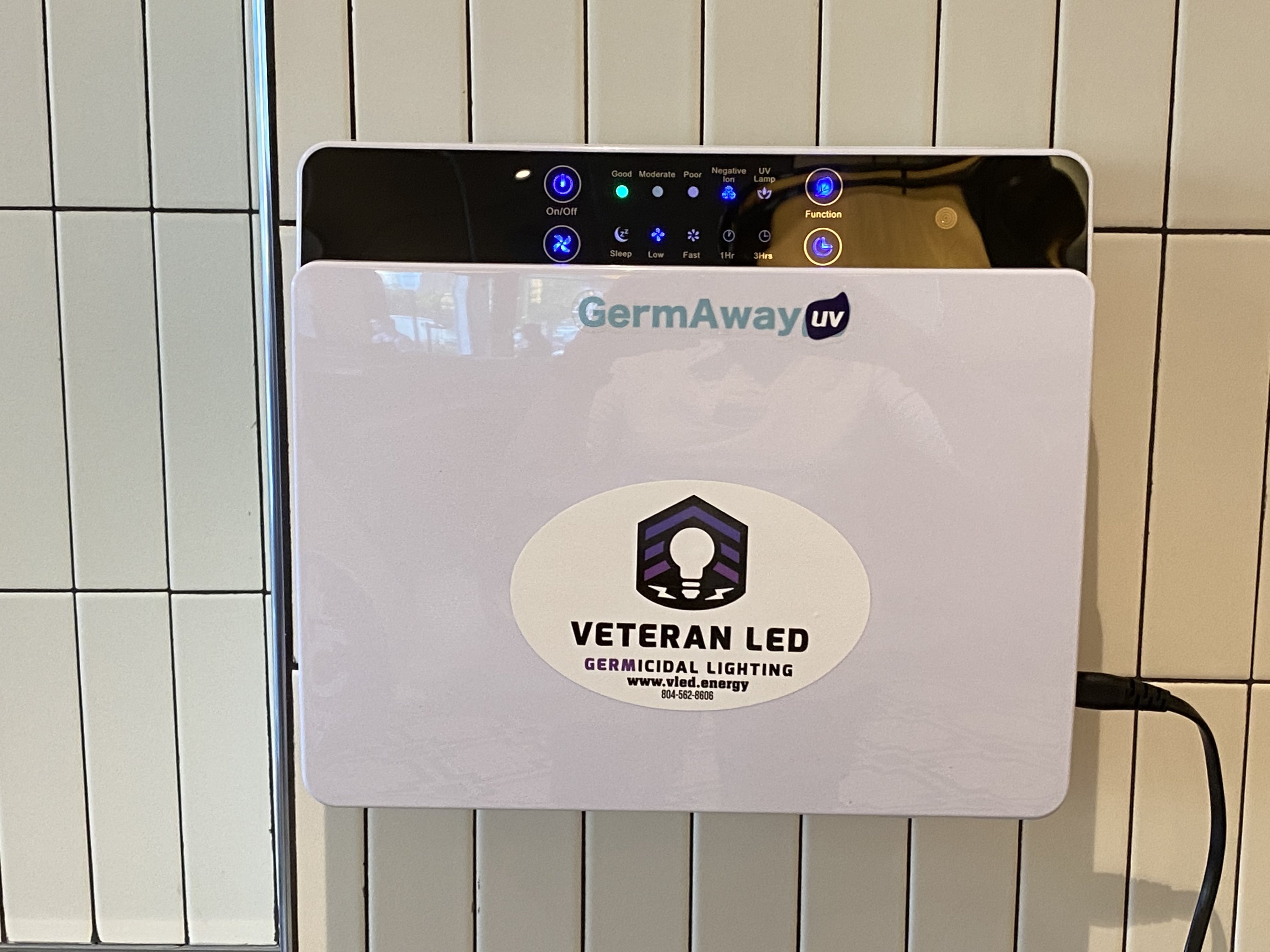
The system, from Richmond-based company Veteran LED, is similar to those used in hospitals. Air purification boxes, which use germicidal UV-C lights, bipolar ionization technology (which deactivates dangerous bacteria and viruses), and high-efficiency filters, are installed every 250 square feet. Depending on the size of each location, there are five or six of them. Then there are ultraviolet lights inside the existing HVAC system to “scrub the air while it runs.” More pathogen-killing lights glow across the dining rooms, kitchens, and at the dishwashing stations every night between 2 and 3 AM, when the restaurants are empty.
“This is a very strong one. You kind of compare it to like if you were going to the beach, you lay out, and you get a sunburn,” Von Hengst says. “It sanitizes the areas from above.”
Von Hengst admits the upgrade is pricey, making it unaffordable to a lot of restaurants struggling amid the pandemic. “Actually, we can’t afford it either, but we’re doing it anyway,” he says. The group’s revenue is at half of what it used to be. But he also feels it’s an investment they can’t afford not to make.
“I think that’s one of the reasons we’ve been around so long—we keep reinventing ourselves. And if something bad happens like this, we have to reinvent ourselves, and that’s what we’re doing.”

